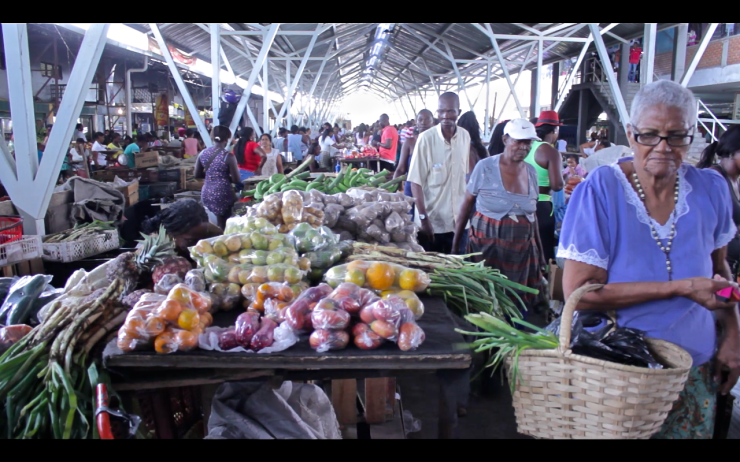CALI, COLOMBIA – Colombia’s Pacific coast state of Valle del Cauca, home to at least 80 percent of the country’s booming sugar cane industry, continues to rebound after excessive and damaging rains in 2011-2012. In fact, recent USDA Foreign Agricultural Services report found that the country’s cane industry continues to reach “historical averages.”
The rebound isn’t good news for everyone, though: there have long been environmental and social complications from the industry’s success.
Within Valle del Cauca, cane cultivation is a major part of the local economy. The Association of Sugar Cane Cultivators of Colombia (Asocaña) notes that over 50 percent of all local agricultural production is devoted to cane. Domestic sugar cooperative CIAMSA ranks Colombia, which also produces a variety of different kinds of sugar, among the top four most efficient cane industries in the world. The climate is suitable for year round cultivation, so Colombia grows more tons per hectare than most other nations. It is the second largest global producer of both panela (unrefined whole cane sugar) and ethanol – an alcohol fuel distilled from plant materials such as corn and sugar.
But over centuries of production, some 225,000 hectares (over 540,000 acres) in Valle del Cauca have been converted to cane. Today producers have nowhere left to expand says Arche Advisors, a U.S.-based firm that specializes in corporate responsibility. Their research shows that even industry specialists acknowledge that there are no expansion possibilities. Arche notes that investors are being urged to increase productivity in other ways, including better technology or switching to ethanol production.
Area residents have long been critical of production practices, which they say have impacted local sustainable farming practices. In interviews, these residents said that the cane industry in the Valle de Cauca has taken over entire swaths of land that were once diverse forest regions. In the area surrounding the state’s capital city of Cali, the Afro-Colombian population – already among the country’s most vulnerable – has been heavily impacted.
“[We] were once the owners of this area, the flat region of the Cauca Valley, which is over 220,000 hectares,” said Weimar Possu Diaz, an elderly local resident of Puerto Tejada. The town is 98 percent Afro-Colombian and just 45 minutes from Cali. “The cañeros (cane producers) came here and took the land away.”
Weimar’s sister, Darly Possu Diaz, says that area residents used to engage in more sustainable practices that were disrupted by cane growth.
“We used to have a traditional farm that was a permanent forest,” she said. “The cane has finished us here.”
Darly describes their traditional farm as a place where fruit and other staple goods such as plantains were grown, a practice still maintained by many small-holding farmers, particularly in the mountains. Darly’s farm and others like it have long provided sustenance for growers and a harvest of products such as cacao to sell at local markets.
Her memories are vivid: Darly recalls a time when she could eat various tropical fruits from local trees and watch monkeys playing close to her home. But on a 45-minute drive through the area from Cali to Puerto Tejada, all that could be seen were cane fields, with few trees in sight.



